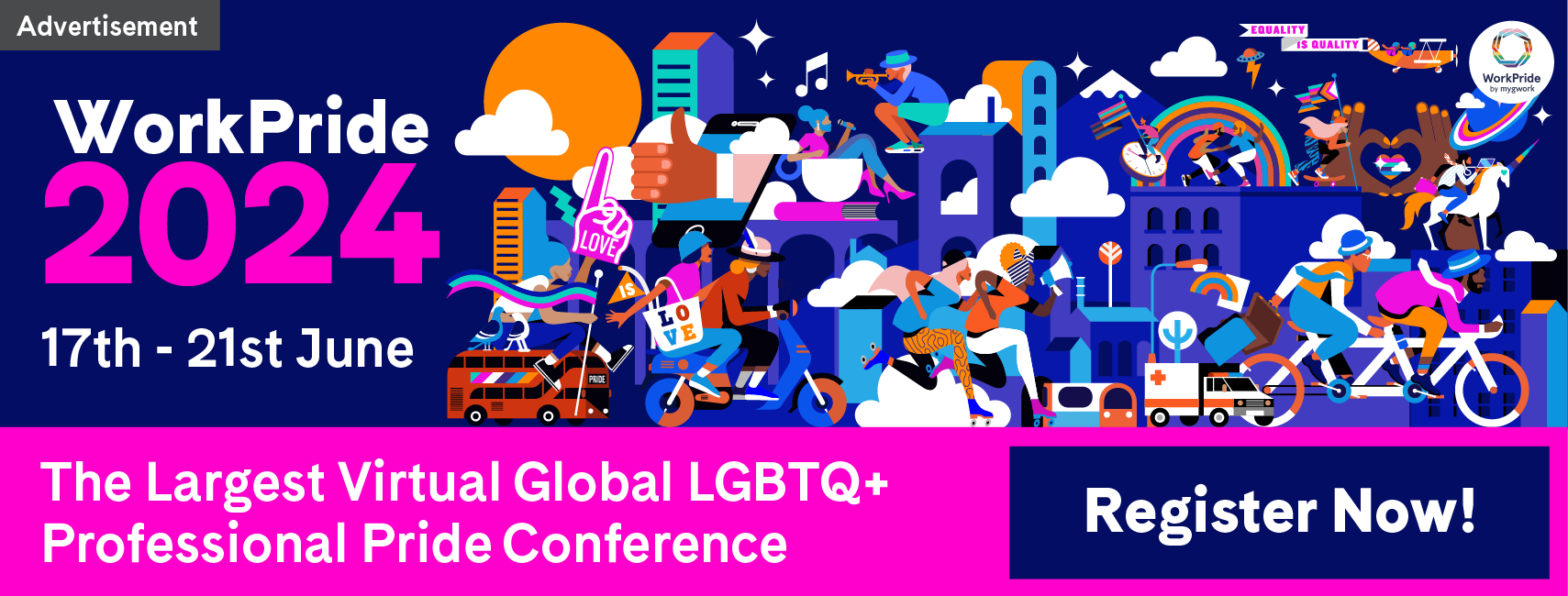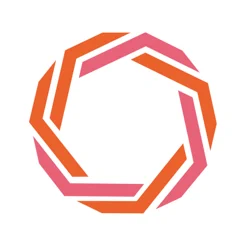
Let’s Talk About Pride: Gen Z Wants to Work Where They Can Be Themselves
Business
It’s more important than ever to create queer and trans-friendly spaces at work. As Gen Z enters the STEM workforce in growing numbers it’ll grow ever more important to accommodate the evolving nature of how people identify themselves with friends, family and at work.
Over the past few years, I’ve been thinking about a couple of things. Things which I first saw as two separate points within the tech hiring community online, but now I realize they are intertwined and hard to separate.
First, I’ve been thinking about how companies are attracting the next generation of STEM employees in one of the most interesting job markets to date – the “Great Resignation” is becoming the “Great Opportunity” to hire the best talent. Second, I’ve thought about how displays of solidarity for queer and trans employees are growing louder and louder over each annual Pride month.
Underneath the rainbow of support, and as a part of Gen Z myself, I realized something: many, many more of us are identifying as queer than in generations past. (In fact, almost double the rate of millennials, to be more precise.) Also, we’ve experienced some of the largest pressure encouraging us into STEM college programs and career paths than ever.
Gen Z, the newest and youngest employees in tech and STEM, are more empowered than ever to seek not just a career fit, but acceptance of their whole selves at work. Employers in the tech industry need to take note of this.
Queer-friendly spaces aren’t just a “perk”
In the next few years, Gen Z and millennials will take over as the majority generation in the workforce. With at least 21% of adult Gen Z identifying as LGBTQIA+, more and more businesses will see queer representation and allyship rise more than ever. And it will be an ever more important topic of discussion within teams.
As more of Gen Z reaches adulthood, this number will likely increase, leading to the need for a very different perspective on safety and inclusion for queer and trans employees. While it’s tempting to include diversity and inclusive celebrations under the colorful guise of “workplace perks,” it’s better to look at them as a necessity to help employees feel protected and empowered to be themselves. This, in turn, will evolve the workplace into an inclusive environment where jobseekers will feel confident and safe to launch their careers.
Just like how harassment awareness has become a standard part of the onboarding experience for many new hires, allyship training is its best successor for creating a community where queer, trans and non-LGBTQIA+ identifying employees stand proudly side-by-side.
“How safe is it for me to be out at work?”
The impact of allyship reaches beyond LGBTQIA+ employees too. Straight employees from millennial and Gen Z age groups are three times more likely to care that their LGBTQIA+ peers can be safely out at work, and over three times more likely to join ally groups at work. The same research shows that today, nearly half of queer employees are unfortunately not out at work.
The moral of the story? Creating support for people to express their identities freely at work creates a safer, healthier workplace for everyone. It also opens the door for easier conversations around inclusion in other areas – with more acceptance within social interactions at work, topics like diversity and inclusion become easier to talk about. Its effect snowballs.
Allyship is for always, not just for Pride
Naturally, while I was swimming in facts and statistics on the empowerment of Pride within the professional world, I had to think of my own experience at work. I realized that while support is often loud and proud during Pride month, consistent initiatives that allow people to feel like they can bring their full selves to work all the time are the most genuine and create the most access for the LGBTQIA+ community.
I recalled how TomTom was one of the few companies I’d seen circulating a post during Pride 2021. This one explained how the company’s HR team worked with a transgender TomTom’er to support their transition at work, on official forms and otherwise. Of all the inclusion efforts I scrolled across over past months of Pride, this one struck me as one of the most genuine shows of support for the queer and trans community at work. The support TomTom offered existed independent of just the one month of Pride.
Access to this kind of support creates a sense of safety and belonging at work that I believe will only continue to grow in importance as Gen Z continues to take on careers in tech. It buoys me to read quotes from TomTom’ers that concur. Like what Amy Ogborn, Associate Project Coordinator, says: “As a queer woman at TomTom, I have always felt comfortable being my authentic self, in the company and especially within my direct team.”
As a Gen Z employee looking toward a decades-long future in tech, stories like these are those which break through the noise. They also answer future questions, as more and more of us stand to ask as we grow into a new era of identity and expression – will I always be accepted at work?
At TomTom, the answer is simple – yes.
Share this

